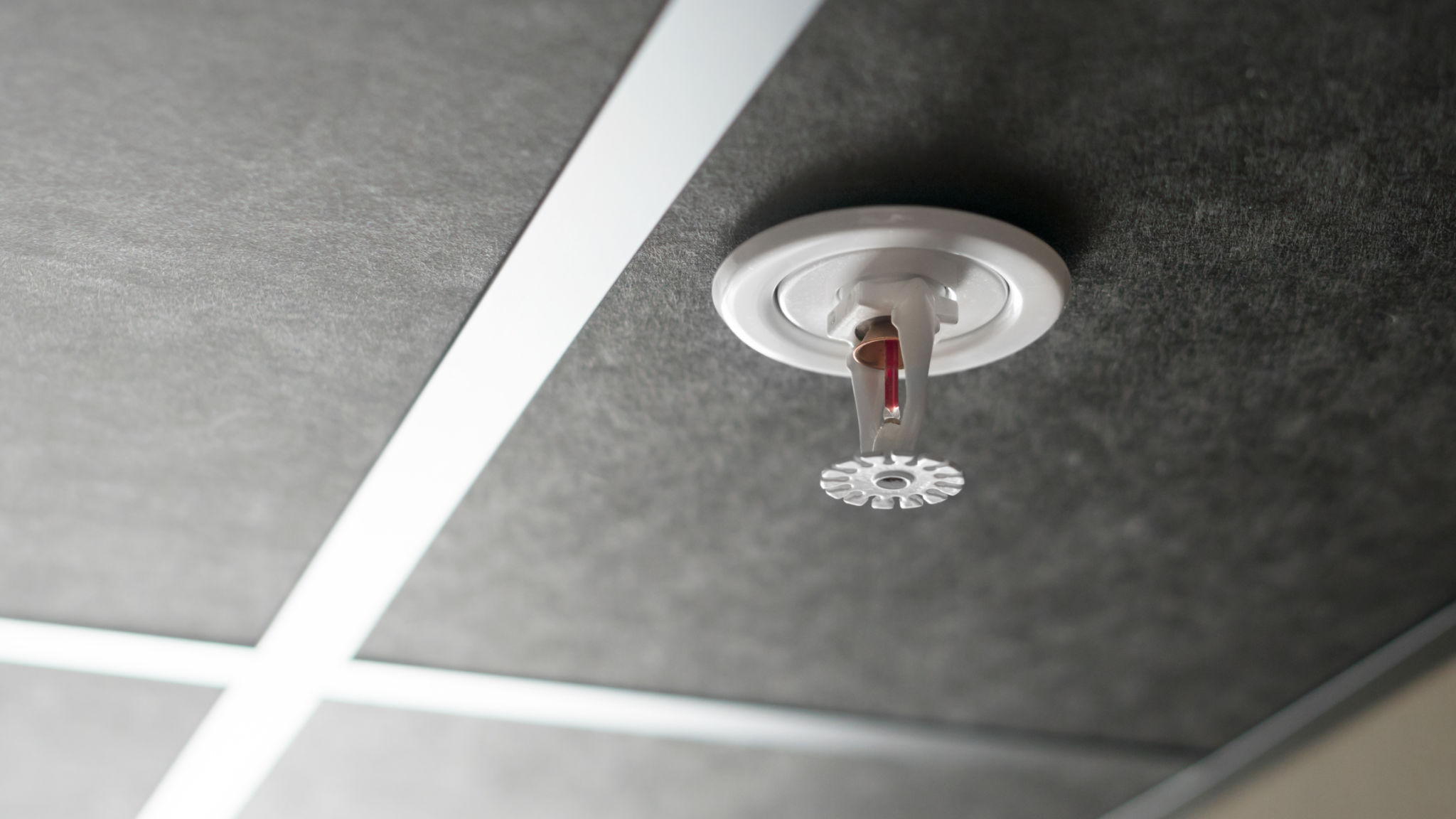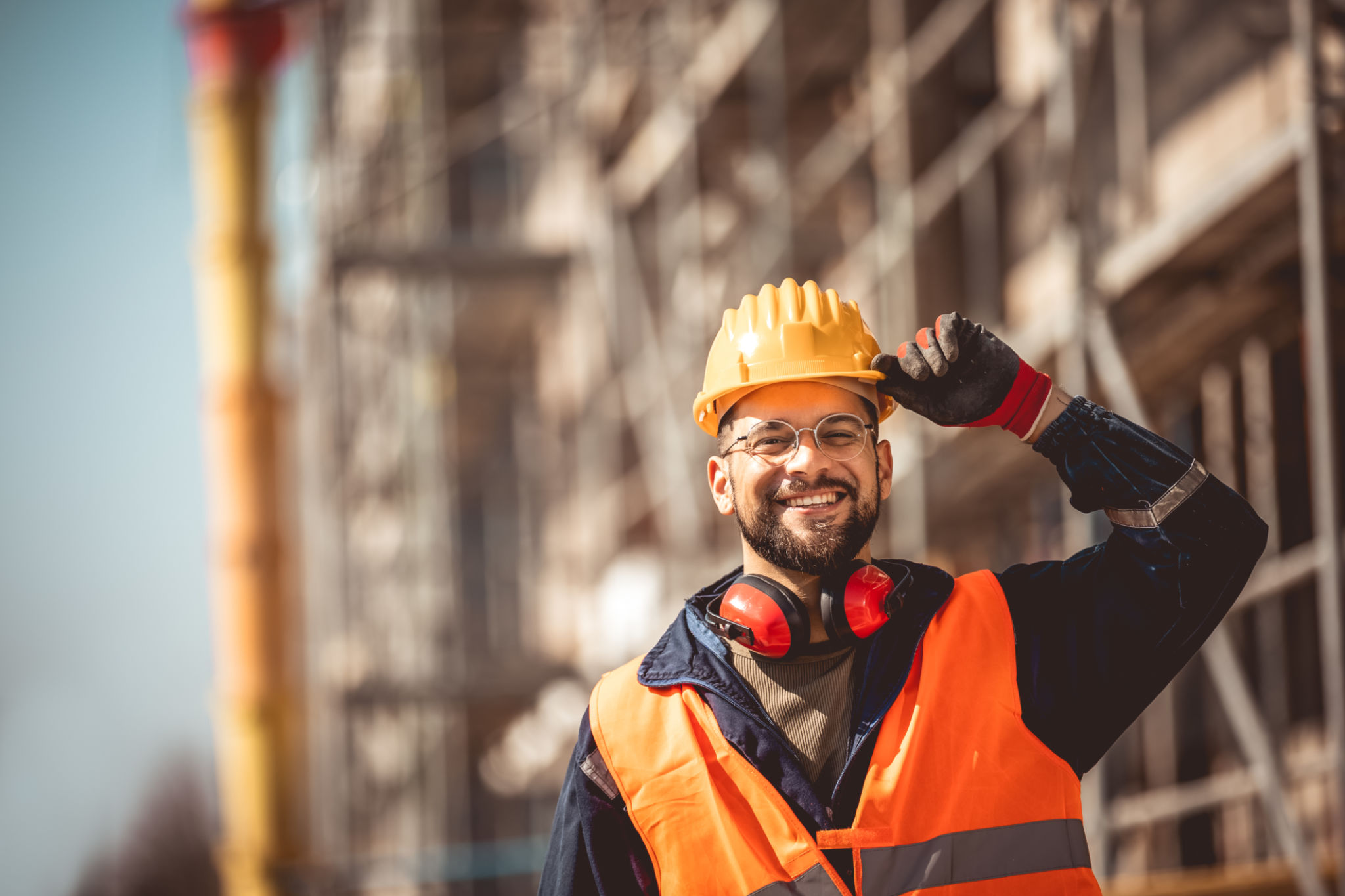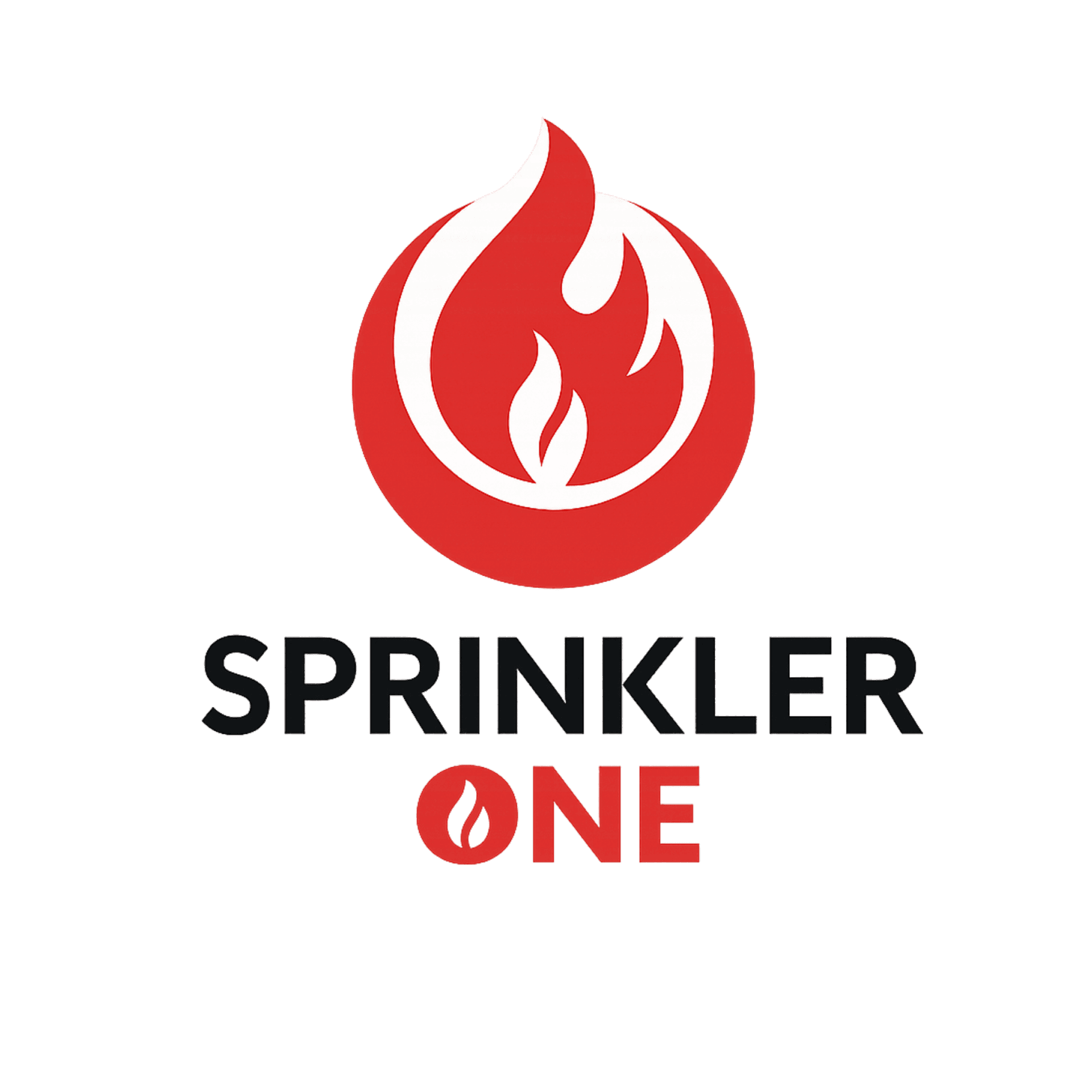Case Study: Successful Fire Sprinkler Retrofit in a Historic NYC Building
Introduction
In the heart of New York City, historic buildings stand as a testament to the city's rich architectural heritage. Preserving these structures while ensuring they meet modern safety standards is a formidable challenge. One such challenge was successfully addressed with a fire sprinkler retrofit in a historic NYC building. This case study explores the intricacies and triumphs of this remarkable project.

Understanding the Need for Retrofitting
Historic buildings often lack modern fire safety systems, making them vulnerable to severe fire damage. The need to retrofit these buildings with fire sprinklers is critical, not only for protecting the structure but also for ensuring the safety of its occupants. However, retrofitting must be done with care to preserve the architectural integrity of these treasured landmarks.
Challenges Faced
The primary challenge in retrofitting historic buildings lies in balancing preservation with modernization. The building's unique structure and materials require customized solutions. Additionally, gaining approvals from preservation boards and navigating complex regulations add layers of complexity to the project.

The Retrofit Process
The retrofit process began with a comprehensive assessment of the building's current state and historical significance. Experts collaborated to design a sprinkler system that would integrate seamlessly into the existing architecture without compromising its historical aesthetic.
Steps Involved
The retrofit involved several key steps:
- Assessment: Evaluating the building's layout, materials, and historical elements.
- Design: Creating a sprinkler system that fits aesthetically and functionally within the existing structure.
- Installation: Carefully implementing the system to minimize disruption to the building's fabric.
- Testing: Ensuring the sprinkler system operates effectively and meets all safety standards.

Overcoming Obstacles
One significant obstacle was installing the sprinkler system without altering the building's original appearance. This required innovative solutions such as using concealed sprinklers and routing pipes through existing voids and spaces. Collaboration between architects, engineers, and preservationists was crucial in achieving this balance.
Community and Regulatory Involvement
Engaging with local preservation societies and regulatory bodies was essential. Their input helped ensure that the retrofit project adhered to both safety regulations and historical preservation guidelines, ultimately leading to a successful outcome.
The Impact of the Retrofit
The successful completion of the fire sprinkler retrofit not only enhanced the safety of the historic building but also set a precedent for similar projects in urban environments. It demonstrated that modern safety standards could be achieved without sacrificing historical integrity.
This case study serves as an inspiration for future retrofitting projects, highlighting the importance of collaboration, innovation, and respect for history. By preserving our architectural heritage while ensuring safety, we can enjoy these historic landmarks for generations to come.
